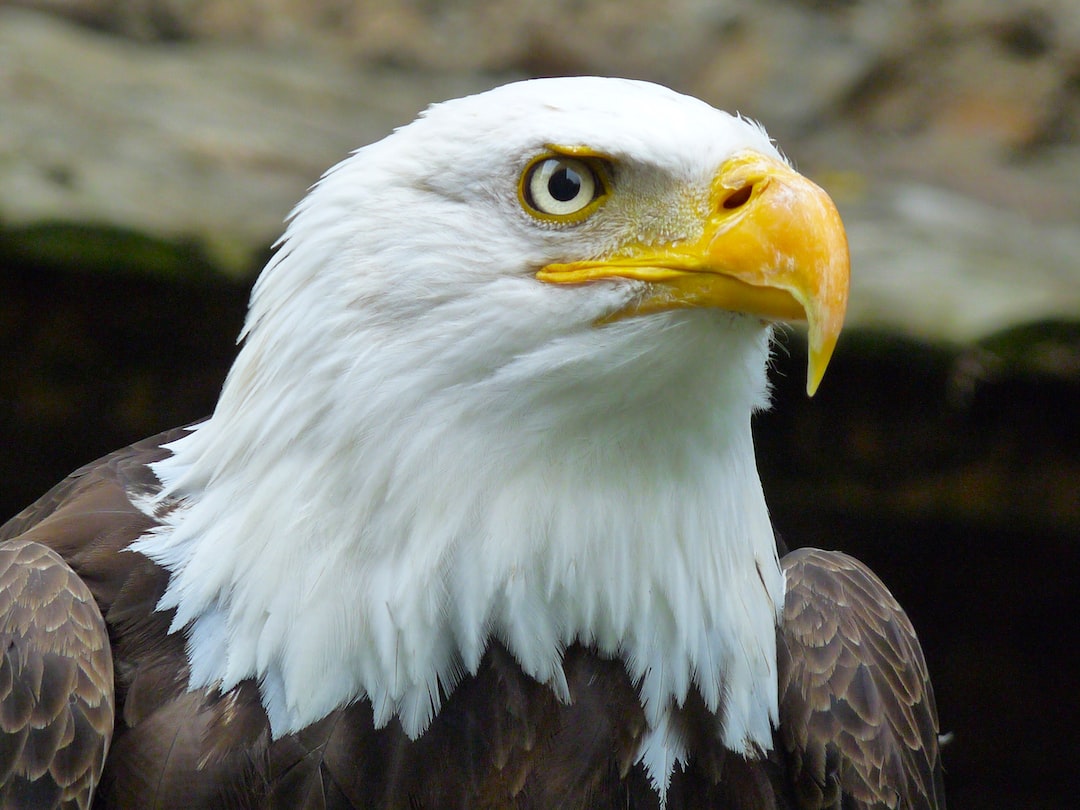Incredible Adaptations: How Animals Survive Extreme Environments
Animals have an astonishing ability to adapt to their surroundings. While some creatures prefer moderate climates and lush habitats, others thrive in extreme and harsh environments, where survival seems unimaginable. From scorching deserts to freezing arctic regions, animals have evolved incredible adaptations to ensure their survival.
One of the most fascinating examples of adaptation is found in the camel. These majestic creatures are built to withstand the blistering heat of the desert and the scarcity of water. Their humps store fat, which serves as a source of energy and hydration during long periods without food or drink. Moreover, their long legs ensure minimal contact with the hot sand, reducing the risk of burns. Camels even have the ability to close their nostrils and conserve moisture by exhaling water vapor. These adaptations allow them to thrive in challenging desert environments.
Venturing to the opposite end of the temperature spectrum, the arctic fox is a remarkable example of adaptation to freezing conditions. Its thick fur coat provides excellent insulation, keeping the fox warm even in subzero temperatures. Additionally, its fur changes color with the seasons, allowing it to blend seamlessly with the snow-covered landscape during winter. The arctic fox also has small ears and a rounded body shape, minimizing heat loss. These adaptations enable it to successfully endure the extreme cold and hunt for food in its icy habitat.
Another extraordinary adaptation can be observed in the Sahara desert ant, which has evolved unique heat tolerance mechanisms. This ant possesses a reflective exoskeleton that helps deflect sunlight, reducing heat absorption. Additionally, it has long legs that allow it to move rapidly on the hot sand, minimizing the amount of time spent in direct contact with the scorching surface. The Sahara desert ant can also withstand temperatures up to 122°F (50°C) by retreating into its underground nests, where it remains safe from the sweltering heat. These adaptations are crucial for its survival in one of the hottest places on Earth.
Animals have also adapted to extreme altitude conditions. The bar-headed goose, for instance, is capable of migrating above the highest mountain peaks, reaching altitudes of 30,000 feet (9,100 meters). It has a larger heart and lungs compared to other birds, enabling it to take in more oxygen from the thin air. Its blood cells can also carry more oxygen, aiding in altitude acclimatization. These adaptations enable the bar-headed goose to undertake incredible feats of endurance during its high-altitude migrations.
Whether it’s surviving the desert heat, the freezing cold, scorching temperatures, or extreme altitudes, animals have evolved an array of adaptations to conquer their environments. These incredible adaptations are a testament to the remarkable capacity of nature to adapt and thrive in even the harshest conditions.

